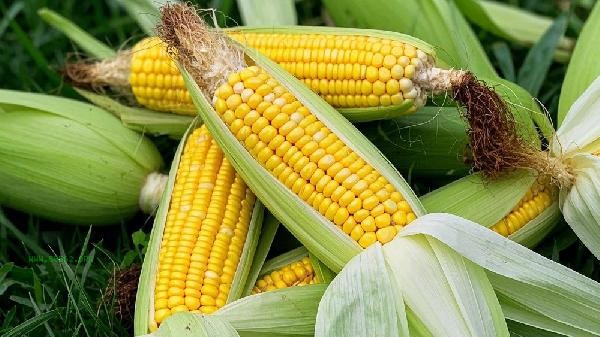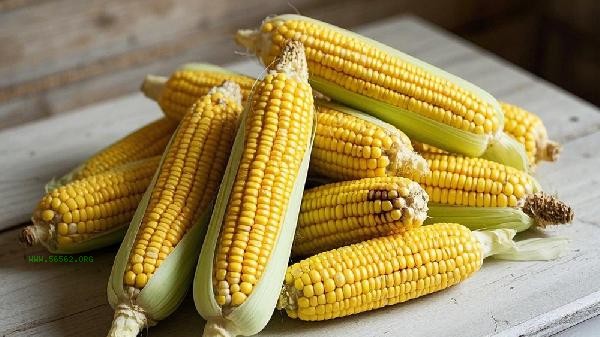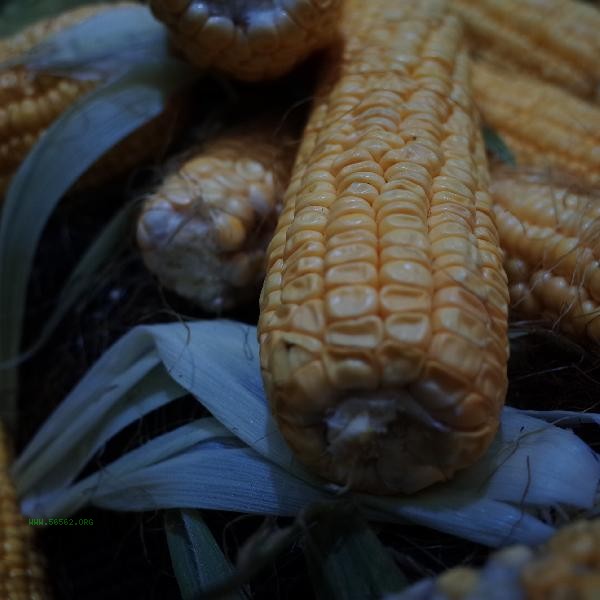The best way to preserve corn is through refrigeration or freezing, including methods such as shell refrigeration, shell removal freezing, cooked freezing, vacuum sealing, and cutting and packaging.

1. Cold storage with shell
Fresh corn with preserved outer skin can delay moisture loss. Wrap it with plastic wrap and place it in the refrigerator compartment at a temperature of around 4 degrees Celsius, which can be stored for 3-5 days. The outer layer can block bacterial invasion, maintain the fresh and sweet taste of corn kernels, and is suitable for short-term storage.
2. Shell removal and freezing
Peel off the corn husk and silk, blanch in boiling water for 1 minute, quickly supercool, drain the water, put it in a fresh-keeping bag to remove air, and store it in the freezer for 8-10 months. Blanching water can disrupt the activity of oxidase and prevent the production of odors after freezing.
3. Cook and freeze
After cooking the whole corn, let it cool, use kitchen paper to absorb the surface moisture, wrap it in tin foil, and freeze it for 6-8 months. Boiling thoroughly can inactivate enzymes, wrapping with tin foil can prevent frostbite, and cooking directly can restore the taste when consumed.

4. Vacuum sealing
Put raw or cooked corn kernels into a vacuum bag, vacuum them, store them in a refrigerator for 15-20 days, and freeze them for more than 12 months. A vacuum environment can isolate oxygen, effectively inhibit microbial growth, and is suitable for large-scale storage.
5. Grain cutting and packaging
Cut raw corn into granules and package them according to the amount used each time, and store them frozen for 10-12 months. After packaging, there is no need to thaw the entire bag, and the required amount can be directly taken to avoid repeated thawing affecting the quality.

When storing corn, attention should be paid to selecting corresponding methods for different states. Corn with shells is suitable for consumption within 3 days, and frozen corn is recommended to be consumed within the shelf life. Avoid placing corn in high temperature and humid environments, and thawed corn should not be frozen again. Long term storage is recommended to indicate the date and use according to the first in, first out principle. If abnormal conditions such as mold and odor occur during the storage of corn, it should be discarded immediately. Reasonable preservation can maximize the retention of nutrients such as vitamin B, dietary fiber, and lutein in corn.








Comments (0)
Leave a Comment
No comments yet
Be the first to share your thoughts!